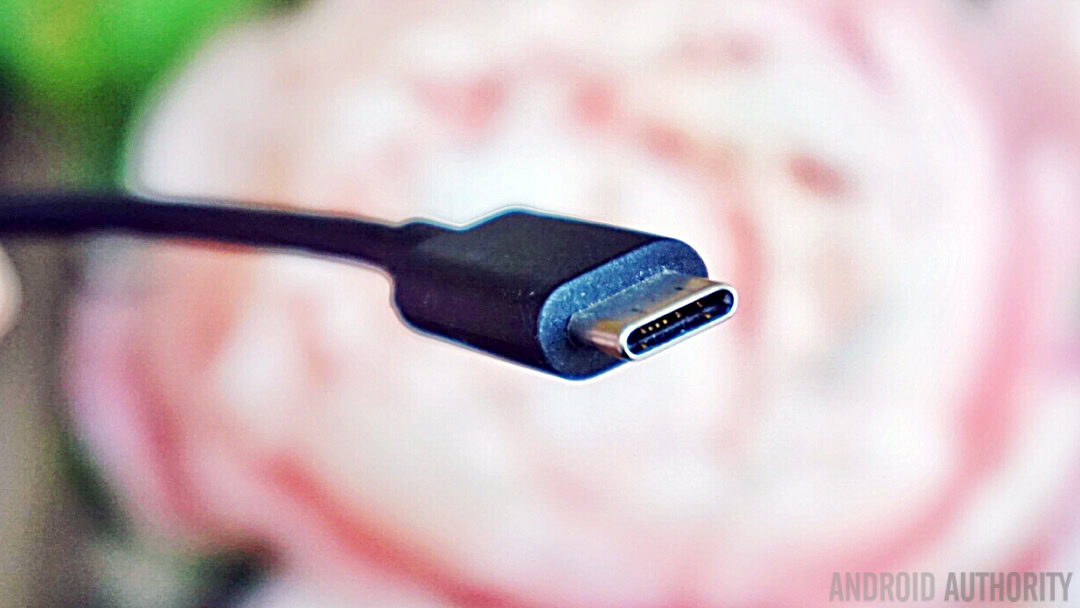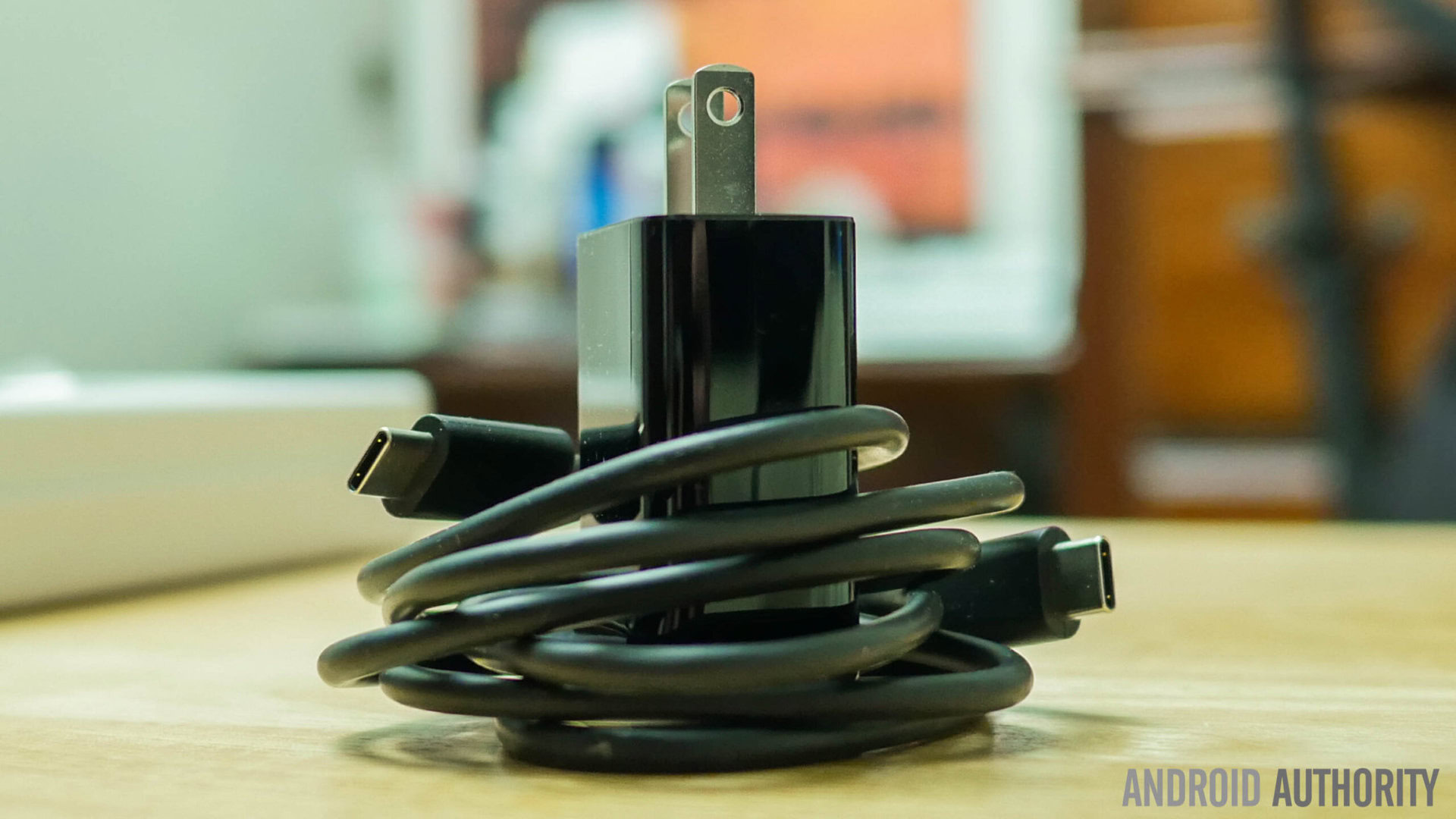Affiliate links on Android Authority may earn us a commission. Learn more.
USB-IF announces certification program for USB Type-C chargers
August 16, 2016

A USB Charger is a funny thing. You have about 10 of them in a drawer at home, but maybe only one of them really charges your device properly. And chances are, that particular one is at the back of the sofa or under your bed, never to be seen again.
Since USB Type-C charging has been implemented on the latest phones and devices, the problem has got even worse. Different chargers operate at different voltages and offer different wattage. Worse, brands aren’t displaying this information in consistent, easily-identifiable ways.

The USB Implementers Forum (USB-IF) know this worldwide pain. They have announced a Certified USB Charger Compliance and Logo Program to offer USB chargers for compliant USB Type-C devices. This means that based upon the USB Type-C and USB Power Delivery specifications, Certified USB Chargers will display a new logo identifying the power capability in watts.
“USB-IF understands consumers want to carry less equipment without sacrificing battery life or flexibility,” said Jeff Ravencraft, USB-IF President and COO. “Guided by the USB brand promise of ‘it just works’, the Certified USB Charger Program will make it easier to share device chargers across the compliant USB Type-C landscape, whether consumers are at home, in the office or anywhere in between.”
Guided by the USB brand promise of ‘it just works’, the Certified USB Charger Program will make it easier to share device chargers across the compliant USB Type-C landscape
Compliance certification for USB devices is not new. However, the focus on USB Type-C chargers comes at a perfect time, considering various issues with USB Type-C cables. USB Type-C cables can go up to 20V and offer up to 100W of energy. This means that if the cable or the device is incorrectly configured, there is a danger of damage to the device. Hence, the need for standardization and compliance. With a certification, any future risks should be minimal.
As the USB-IF notes, non-compliant chargers, whether USB or otherwise, pose a hazardous risk to all of our devices. Some of us have been unfortunate enough to kill our devices thanks to faulty cables. Almost all of us have plugged in a bad cable and realised later that the device did not charge properly. Hopefully this will encourage companies to get their devices tested according to the USB-IF standards.
Do you have USB Type-C devices? Do you take care about compliance when you look to buy extra chargers? Let us know your take in the comments section below.

Thank you for being part of our community. Read our Comment Policy before posting.